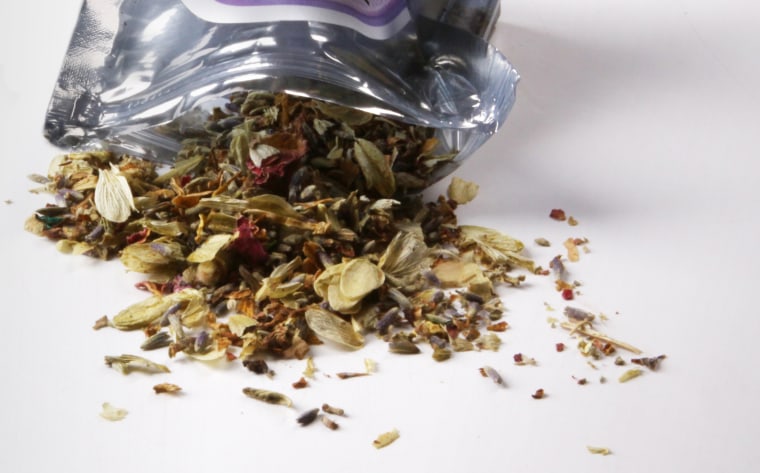Federal health officials are sounding the alarm about synthetic marijuana laced with rat poison that has already killed three people in Illinois and sent a small army of people vomiting blood to emergency rooms there and in four other states.
“This is an unusual outbreak,” Renee Funk of the Centers for Disease Control and Prevention told The Associated Press on Tuesday.
Investigators are not sure yet how the fake pot got contaminated, Funk said. But the CDC has dispatched a team of investigators to Illinois, where the bulk of the cases has been reported, to help pinpoint the source and hopefully identify the culprits.
Meanwhile, people suffering from severe bleeding after toking up have also shown up at emergency rooms in Wisconsin, Indiana, Maryland and Missouri. And the CDC is warning doctors nationwide to be on the lookout for more such cases.
The rat poison plague has hit the Land of Lincoln hardest, claiming the lives of two men in their 20s and a man in his 40s, the Illinois Department of Public Health reported.
“Each day we’ve seen the number of cases rise,” said the state's public health director, Nirav Shah. “Synthetic cannabinoids are unsafe. They are not regulated and people don’t know what chemicals may be in them, like rat poison.”
About a third of the cases, including one of the fatalities, have been reported in Chicago and the city’s suburbs, the Cook County Medical Examiner’s Officer reported earlier.
Marketed as "Spice" or K2, synthetic pot consists of chemicals that are sprayed on “dried, shredded plant material so they can be smoked or sold as liquids to be vaporized and inhaled in e-cigarettes and other devices,” according to the National Institute on Drug Abuse (NIDA).
They act on brain cell receptors like marijuana and are marketed as safe and legal alternatives to pot.
But they are anything but safe. And they affect the brain much more powerfully than marijuana, the NIDA said.
The troubling developments come in the wake of a CDC report last month that showed that “America’s overdose epidemic” is spreading across the country and across all demographics despite the Trump administration’s pledge to “win” the drug war.
Some 63,632 Americans died from drug overdoses in 2016 — a 21.5 percent jump over the previous year, according to the CDC. And 66 percent of those fatalities involved a prescription painkiller or an illicit opioid like fentanyl.
“No area of the United States is exempt from this epidemic — we all know a friend, family member or loved one devastated by opioids,” CDC Principal Deputy Director Anne Schuchat said in a statement.
While Rust Belt states like West Virginia and Ohio continue to be the epicenter of the plague, fentanyl-fueled fatal overdoses are a big city problem now as well.
There was a 54 percent increase in fatal overdoses from July 2016 through September 2017 in major metropolises like Chicago, Philadelphia, Milwaukee and Cleveland.
New York, President Donald Trump’s hometown, was also not immune. In March, a suspected Mexican drug kingpin known as "Gordo," or "Fatso," was indicted for funneling enough fentanyl into the city to kill millions of people.
